Virgin Galactic selects Aurora Flight Sciences to build new motherships
Original Publication Date: 2022-07-06 20:05
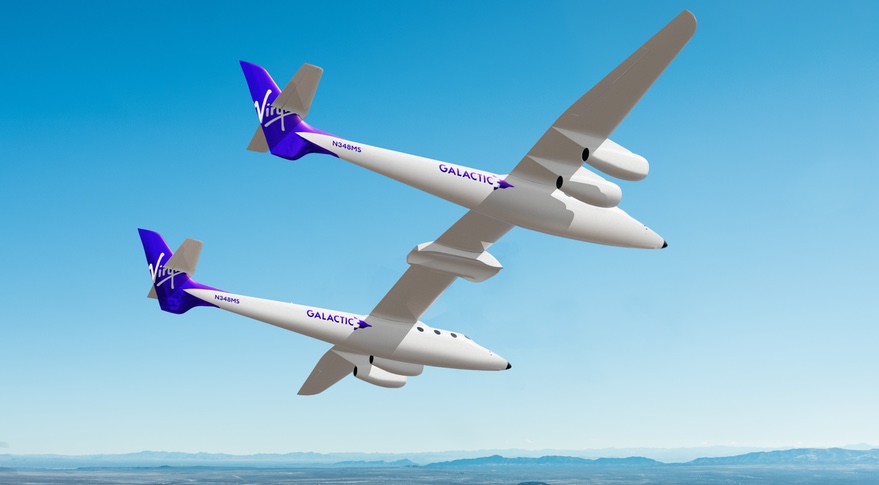
Virgin Galactic says it has signed an agreement with a Boeing subsidiary. Aurora Flight Sciences will build two carrier aircraft, or motherships. The companies did not disclose the value of the contract. The first plane is scheduled to enter service in 2025, but the companies did not disclose when the second plane will be completed.
Defense Innovation Unit selects contractors to build hybrid space network
Original Publication Date: 2022-07-07 14:00
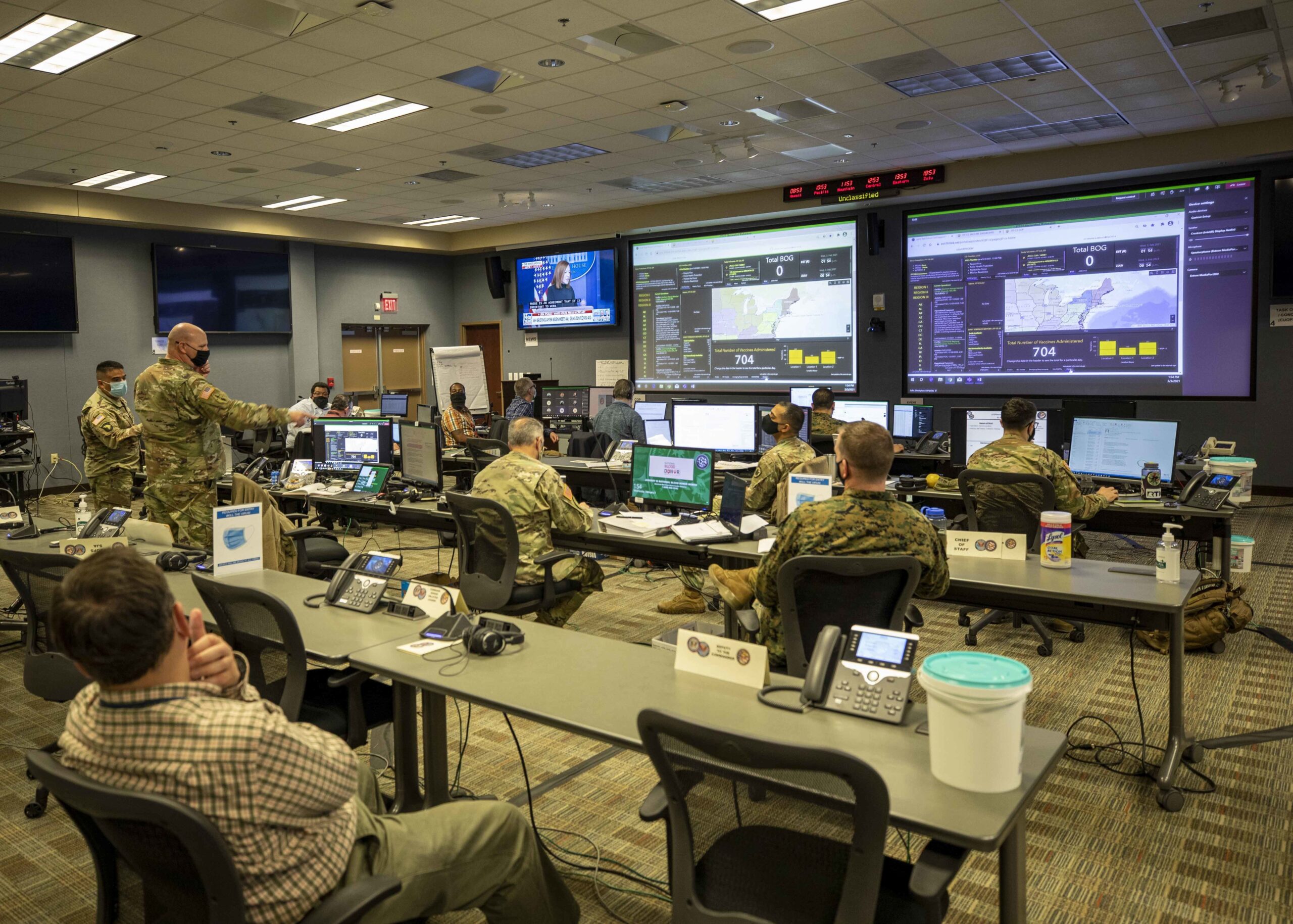
Defense Innovation Unit awarded contracts to Anduril, Aalyria, Atlas Space and Enveil. Project seeks to demonstrate a hybrid architecture where commercial, civil and military satellites can share data. Initial goals are to demonstrate on-demand collection and analysis of imagery. On-orbit demonstrations are planned within 24 months.
Department of Homeland Security publishes space policy
Original Publication Date: 2022-07-11 11:27

The policy was signed by Secretary of Homeland Security Alejandro Mayorkas April 14. It was not published on the department’s website for more than two months. The policy identifies three specific roles for the department in space. One is to protect both commercial and government space-based systems.
Northrop Grumman gets $22 million Space Force contract to build small-satellite carrier bus
Original Publication Date: 2022-07-09 17:50
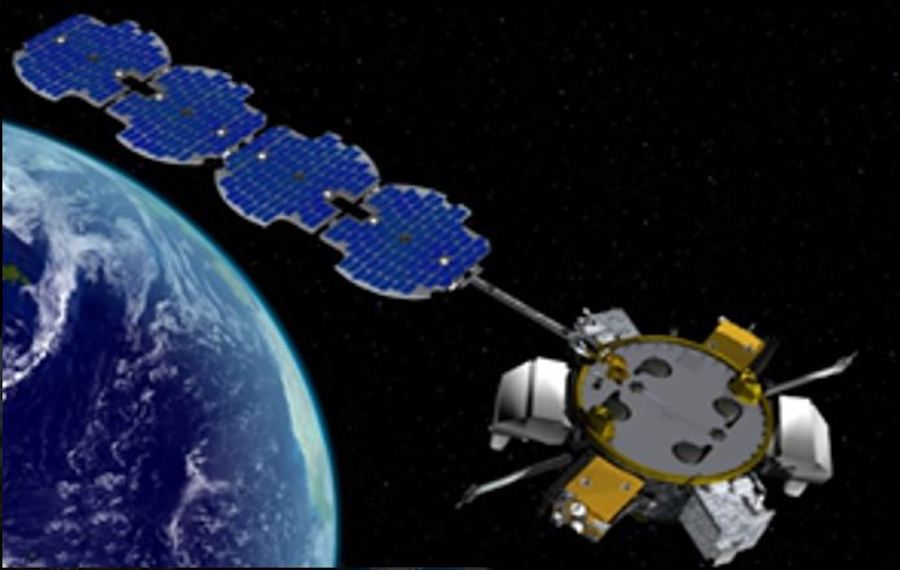
The contract is a sole-source award for a satellite called ROOSTER, short for Rapid On-orbit Space Technology Evaluation Ring. It is based on the Northrop Grumman ESPAStar payload adapter. The Space Force nicknamed the smallsat ring “the freight train to space”
Second commercial Lynk Global satellite still looking for launch
Original Publication Date: 2022-07-08 20:33
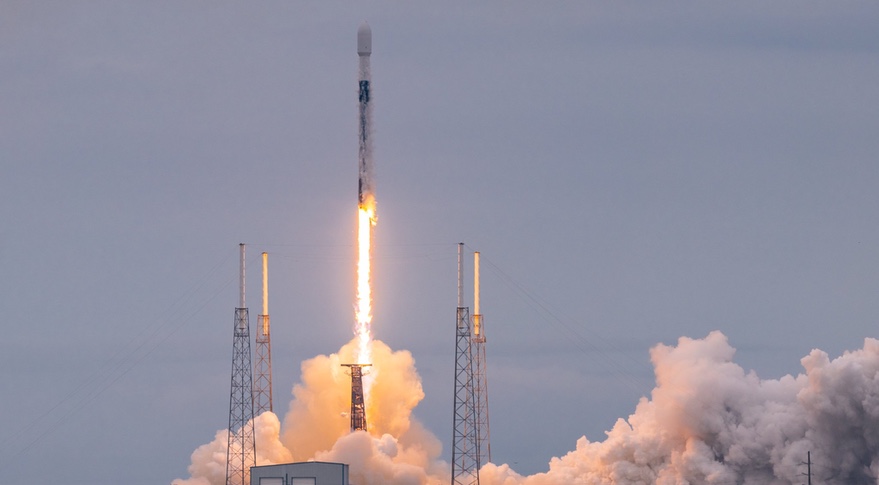
Lynk Global is waiting for Spaceflight to rebook a flight for the second commercial satellite. Spaceflight’s space tug was kicked off a SpaceX mission in March. Spaceflight is currently working with SpaceX on “several more missions” Lynk Global has directly booked a SpaceX launch for its third and fourth commercial satellites.
Live coverage: SpaceX launches 53 more Starlink internet satellites – Spaceflight Now
Original Publication Date: 2022-07-07 00:00
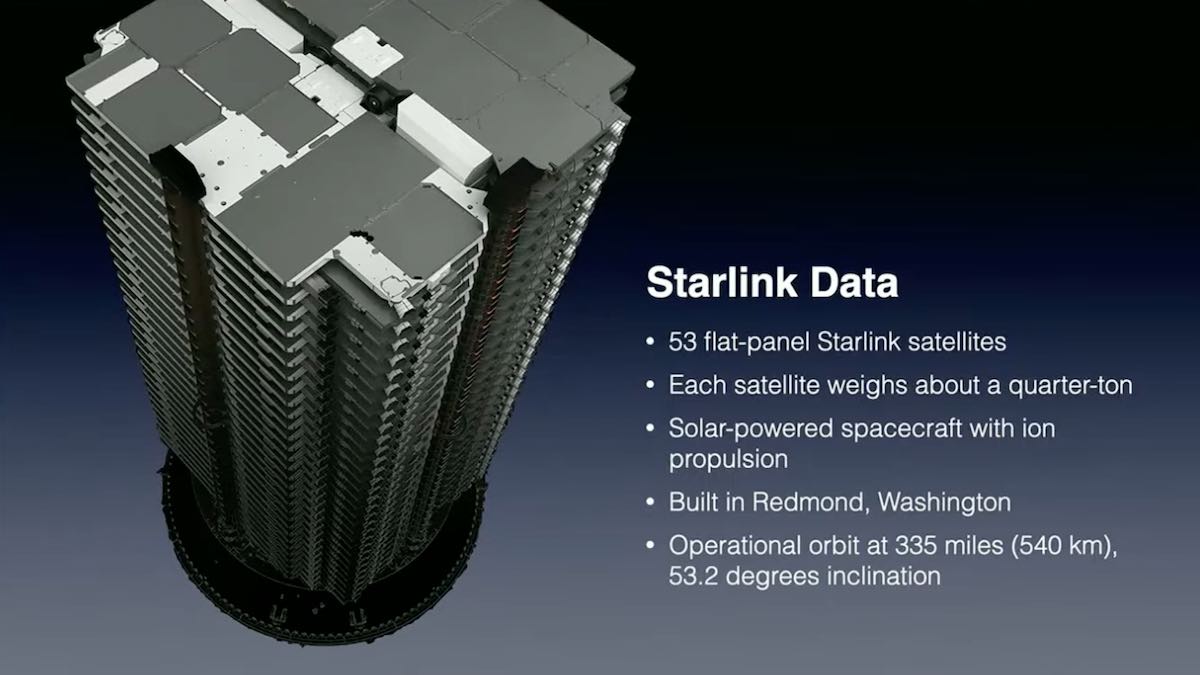
SpaceX launched 53 more Starlink internet satellites at 9:11 a.m. EDT (1311 GMT) Thursday from Cape Canaveral. The Falcon 9 rocket’s reusable first stage landed on a drone ship in the Atlantic Ocean to complete its 13th flight to space. The launch was the first of at least five Falcon 9 missions SpaceX has scheduled for July.
Astronomers eagerly await first images from the James Webb Space Telescope – Spaceflight Now
Original Publication Date: 2022-07-10 00:00

The James Webb Space Telescope is finally ready to open a new window on the universe. It will capture the faint light of the first stars and galaxies, probing the mysteries of black holes and studying the atmospheres of alien worlds. On Tuesday, NASA will unveil the first color images from the $10 billion observatory.
Russian Soyuz rocket hauls Glonass navigation satellite to space – Spaceflight Now
Original Publication Date: 2022-07-10 00:00
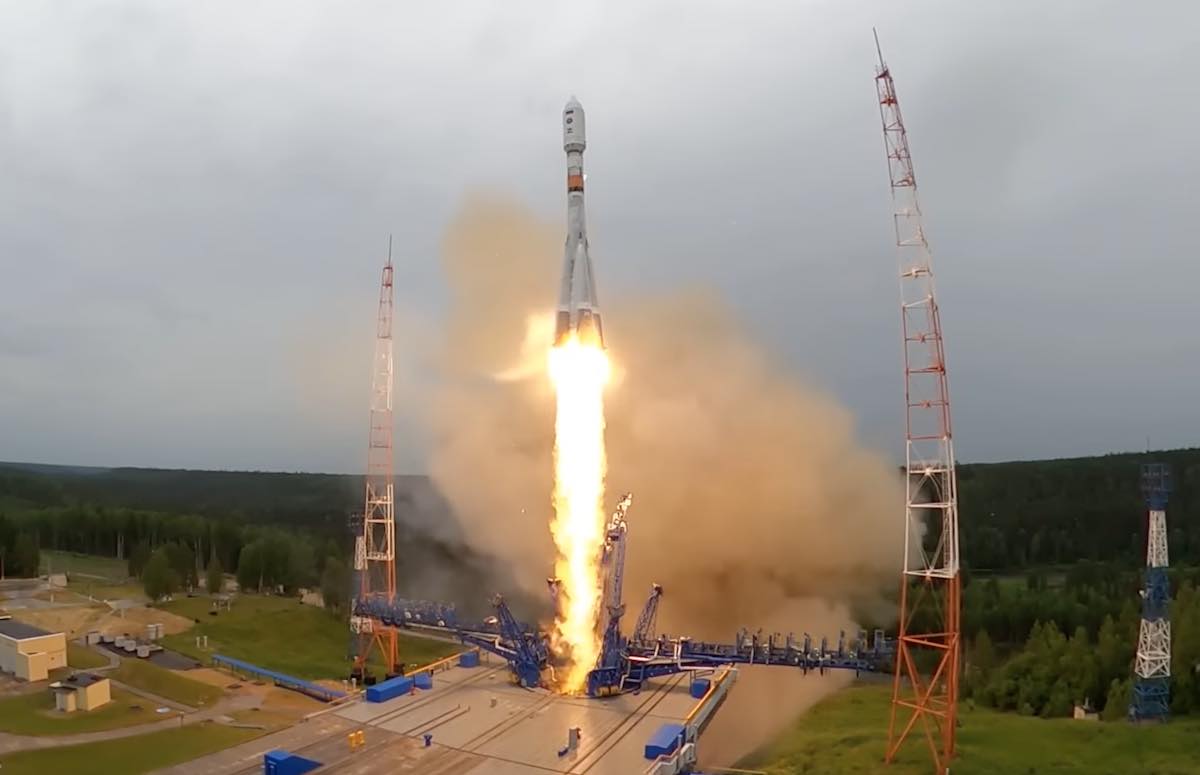
The new Glonass satellite lifted off Thursday from the Plesetsk Cosmodrome. A Soyuz rocket and a Fregat upper stage delivered the Glonass satellite to its targeted circular orbit. The Glonass navigation fleet is Russian military’s version of the U.S. Space Force’s Global Positioning System.
SpaceX rolls out maritime internet service on same day as another Starlink launch – Spaceflight Now
Original Publication Date: 2022-07-07 00:00

SpaceX launched another group of 53 satellites from Cape Canaveral for the company’s Starlink internet network Thursday. The launch began at 9:11:10 a.m. EDT (1311:10 GMT) Thursday with the liftoff of a Falcon 9 rocket from Cape Canaveral Space Force Station. Federal regulators recently approved SpaceX’s request to provide Starlink connectivity for mobile users.
NASASpaceFlight.com
China launched the Gaofen-12 03 mission on board a Chang Zheng 4C today at 15:46 UTC. The launch occurred from the Jiuquan Satellite Launch Center (JSLC) in China and was confirmed to be a success minutes after liftoff. The satellite launched to a Sun-Synchronous Orbit (SSO)
Commercial Archives
SpaceX launched 53 Starlink satellites into low Earth orbit (LEO) on Thursday morning. This mission kicks off a busy second half of the year for SpaceX where over 30 missions are on the schedule. This follows the 27 missions conducted by SpaceX in the first half of 2022, achieving a launch cadence that would allow them to hit their target of 50 launches.
International Archives
The Russian Aerospace Forces (VKS), itself a division of the Armed Forces of the Russian Federation, continued to build on their 2022 campaign with the successful launch of a GLONASS-K navigation satellite. The launch, which took place from Site 43/4 at the Plesetsk Cosmodrome in northwestern Russia, occurred at approximately 09:18 UTC on Thursday, July 7. Thursday’s flight also marked the fifth launch of 2022 for the Russian military.
Chinese Long March 3B Launches APStar-6C Communications Satellite – Spaceflight101

China launches rare commercial launch of Long March 3B rocket with APStar-6C communications satellite for APT Satellite Holdings. Long March 3B lifted off from the Xichang Satellite Launch Center at 16:06 UTC on a mission of under half an hour to lift the spacecraft into an elliptical Geostationary Transfer Orbit. Confirmation of launch success was provided by APT Satellite around 40 minutes after liftoff.
Blue Origin’s New Shepard Reaches new Heights in latest Test Flight – Spaceflight101

Blue Origin's reusable New Shepard launch system reached new heights in a test designed to expand the vehicle’s operational envelope by sending it to a peak altitude of 107 Kilometers. Sunday’s flight marked the second for this particular set of hardware, following up on the successful December 2017 mission that debuted “Crew Capsule 2.0” Sunday’s mission was the eighth in Blue Origin’s New Shepard flight test program that was off to a bumpy start in 2015.
ISS Updates – Spaceflight101 – International Space Station

A veteran NASA spacewalker and an EVA rookie from Japan ended their week with nearly six hours of work outside the International Space Station on Friday. The restoration of the Station’s Mobile Servicing System started last year and continued in January to provide Canadarm2 with a new pair of grappling hands.
EMIT

The Earth Surface Mineral Dust Source Investigation (EMIT) is being developed at NASA’s Jet Propulsion Laboratory. EMIT is scheduled to launch in 2022 and will observe Earth from outside the International Space Station. Once it begins operation, EMIT data will be delivered to the NASA Land Processes Distributed Active Archive Center (DAAC) for use by other researchers and the public.
Faces of Leadership: The Directors of JPL

JPL Director, 2001-2016 Charles Elachi was born in Lebanon and received a bachelor's degree in physics from the University of Grenoble, France. Elachi taught at Caltech, served in a variety of research and management positions at JPL beginning in 1971, specializing in remote sensing. He became the Director of JPL in May 2001.
Documentary Series: JPL and the Space Age

NASA’s Jet Propulsion Laboratory is widely known for its trailblazing role in space exploration. JPL and the Space Age uses rare archival footage and interviews with many of JPL’s pioneering engineers and scientists. Each episode was written, produced and directed by JPL Fellow and national Emmy Award-winning documentarian Blaine Baggett.
Caltech/JPL Privacy Policies and Important Notices

Caltech/JPL's policies on privacy, security, accessibility, linking and copyright. Information you provide on a Caltech/JPL Web site will be used only for its intended purpose. We will only share your information with a government agency if it relates to that agency.
NASA’s Curiosity Captures Stunning Views of a Changing Mars Landscape

Curiosity entered safe mode after a temperature sensor provided an inaccurate measurement. Engineers are still analyzing the exact cause of the issue. The rover’s aluminum wheels are also showing signs of wear. The team has decided to increase its wheel imaging to every 1,640 feet (500 meters)
Astronomers investigate a peculiar cataclysmic variable
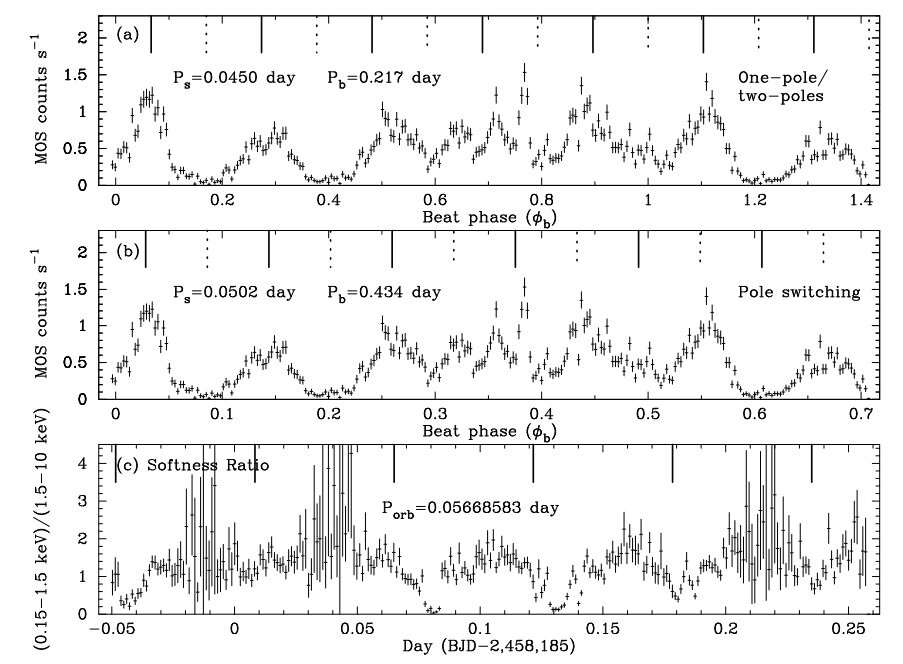
Astronomers from Columbia University in New York have inspected a peculiar cataclysmic variable system. Located 2,730 light years away, Swift J0503.7−2819 is a CV initially classified as an intermediate polar. It has an X-ray luminosity at a level of approximately 360 nonillion erg/s.
There's another chance to catch a supermoon on Wednesday
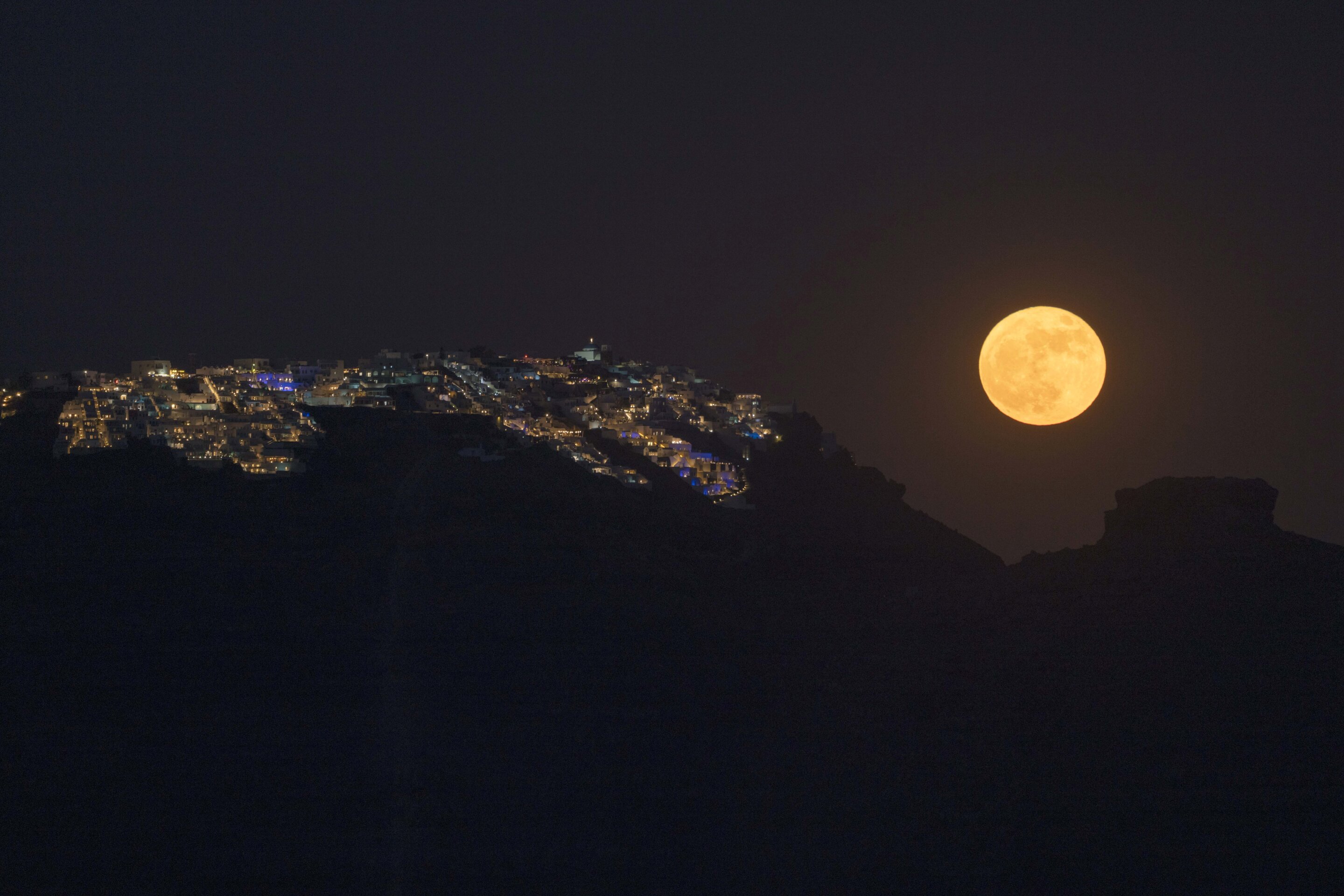
This month’s full moon is Wednesday, July 13, 2022. At the same time, the moon's orbit will bring it closer to Earth than usual. This cosmic combo is called a supermoon. One name for Wednesday's full moon is the "Buck moon"—a reference to the time of year when new antlers are growing on male deer, or bucks.
The life puzzle: The location of land on a planet can affect its habitability
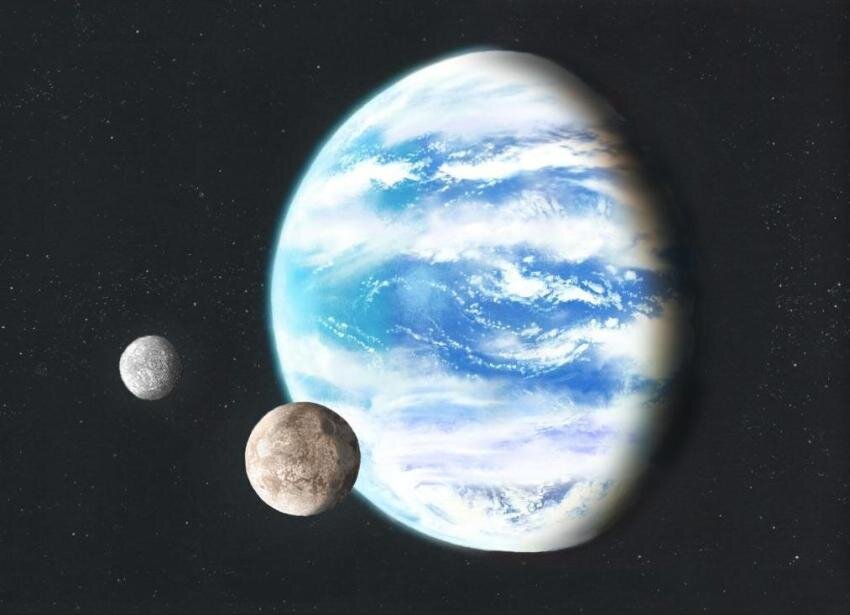
New climate models have found that the amount and location of land on a planet's surface can significantly impact its habitability. The work will be presented on Monday 11 July at the National Astronomy Meeting (NAM 2022) by Evelyn Macdonald, a graduate student at the University of Toronto, Canada.
Excitement builds as Biden to release first image from Webb telescope
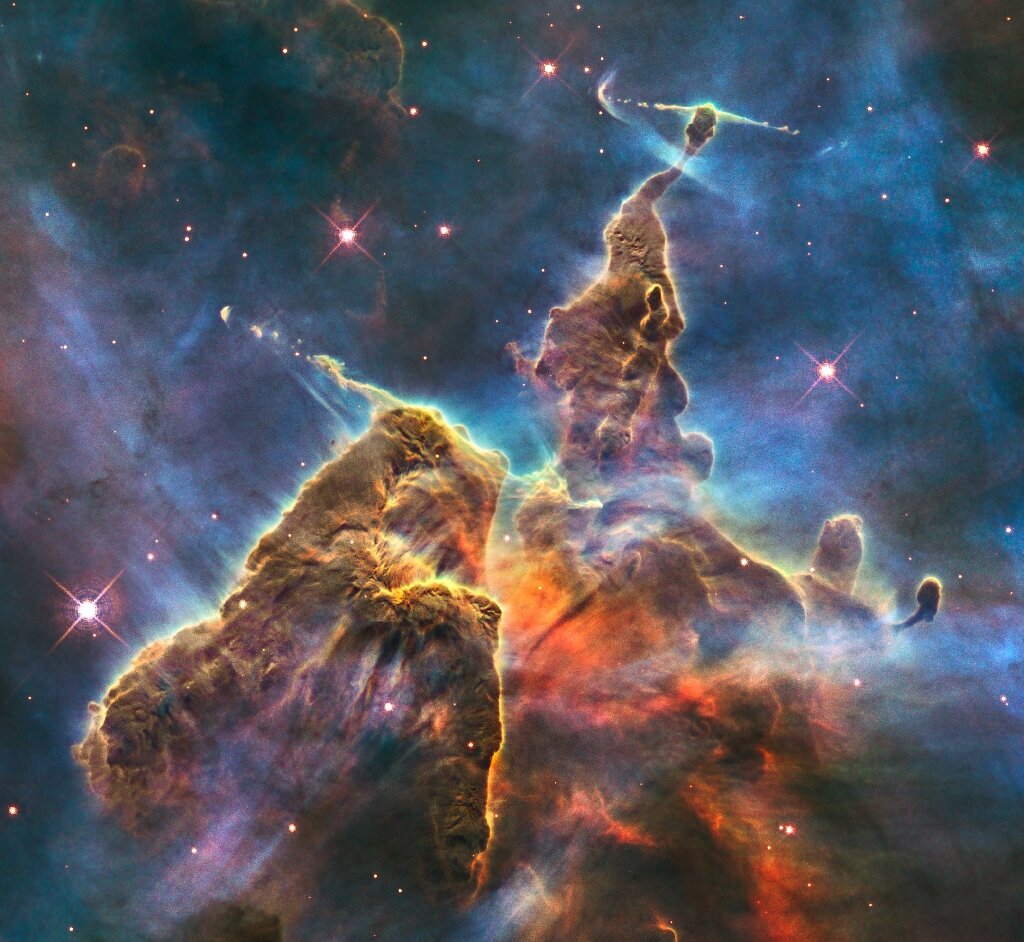
US President Joe Biden to unveil first image of James Webb Space Telescope on Monday. Webb is the most powerful observatory ever sent into orbit. It will peer back in time to the period shortly after the Big Bang, 13.8 billion years ago. First targets include distant galaxies, bright nebulae and a faraway giant gas planet.
Radio- and microwaves reveal true nature of dark galaxies in the early universe
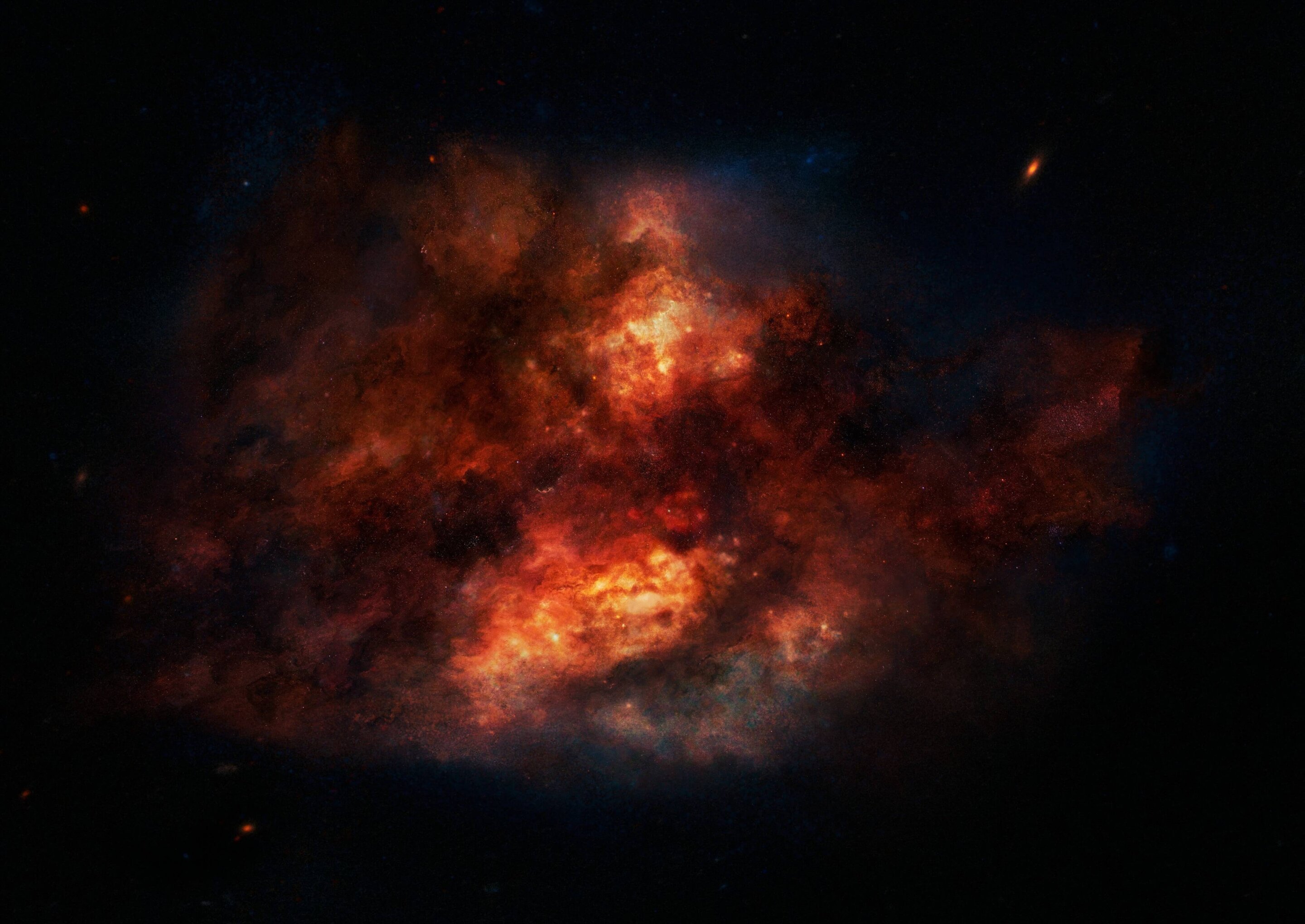
Astronomers from the Cosmic Dawn Center, Copenhagen, have discovered several galaxies in the early universe that were hidden from our sight. The observations allowed the team to measure the temperature and thickness of the dust. This type of galaxies contributed significantly to the total star formation when the universe was only 1/10 of its current age.
